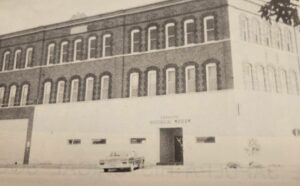Rachel Whitney, Curator,
Sapulpa Historical Museum
It is often referred to as raw petroleum and crude oil. And when oil was struck in a field, oftentimes, oil workers, companies, and folks wanting to make a living would bring their families to have a new start in a new prosperous town. Oil boom towns it was these areas would become known as, and the crude oil would receive a new name, as “black gold.”
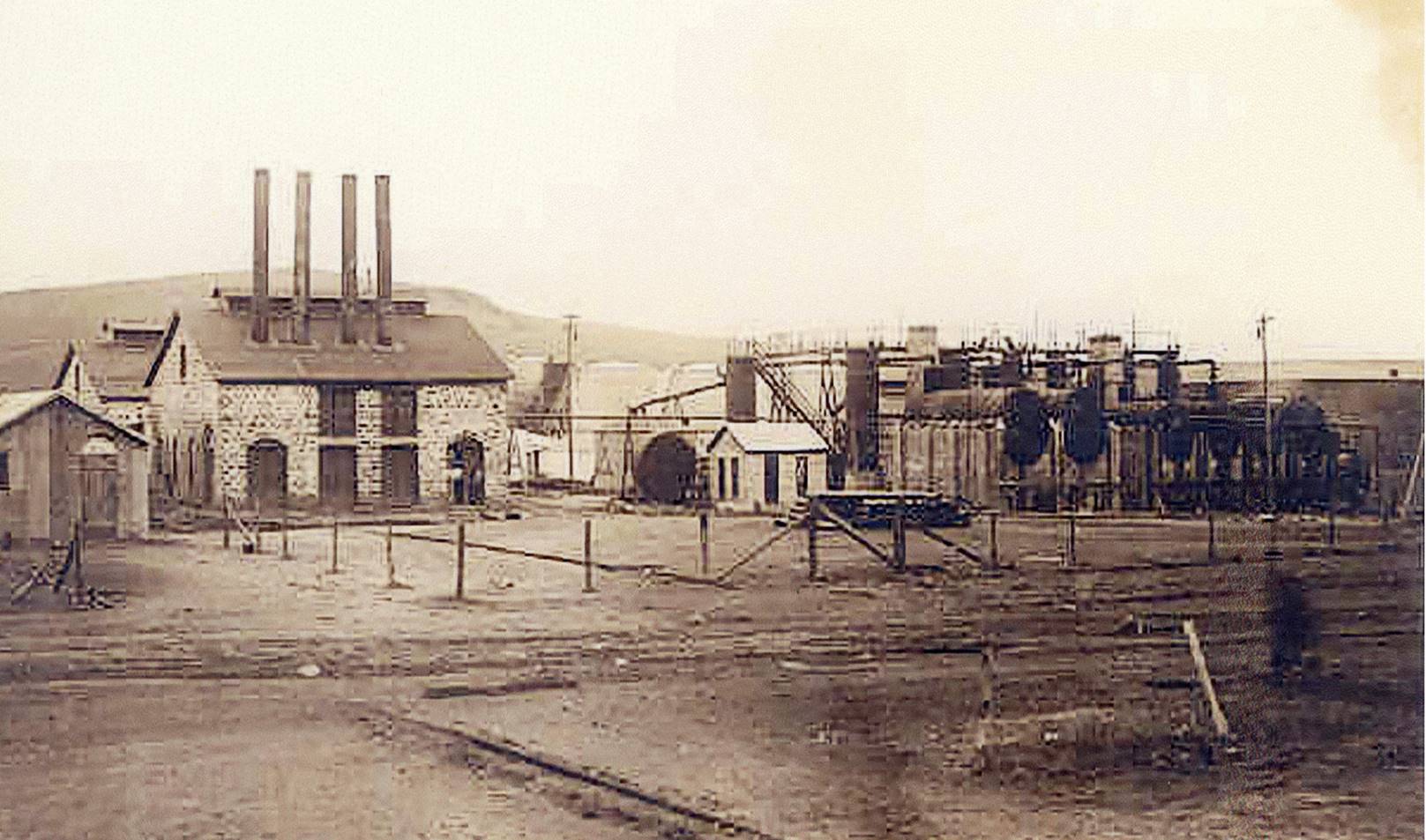
Sapulpa’s entrepreneurs were to drill for oil. The Sapulpa Oil, Gas, Water, and Mineral Company was formed in 1901. Principals were Attorney Fred Pfendler, bankers Burnett Brothers, real estate agent John F. Egan, and LC Booth, a blacksmith, and owner of the property to be drilled.
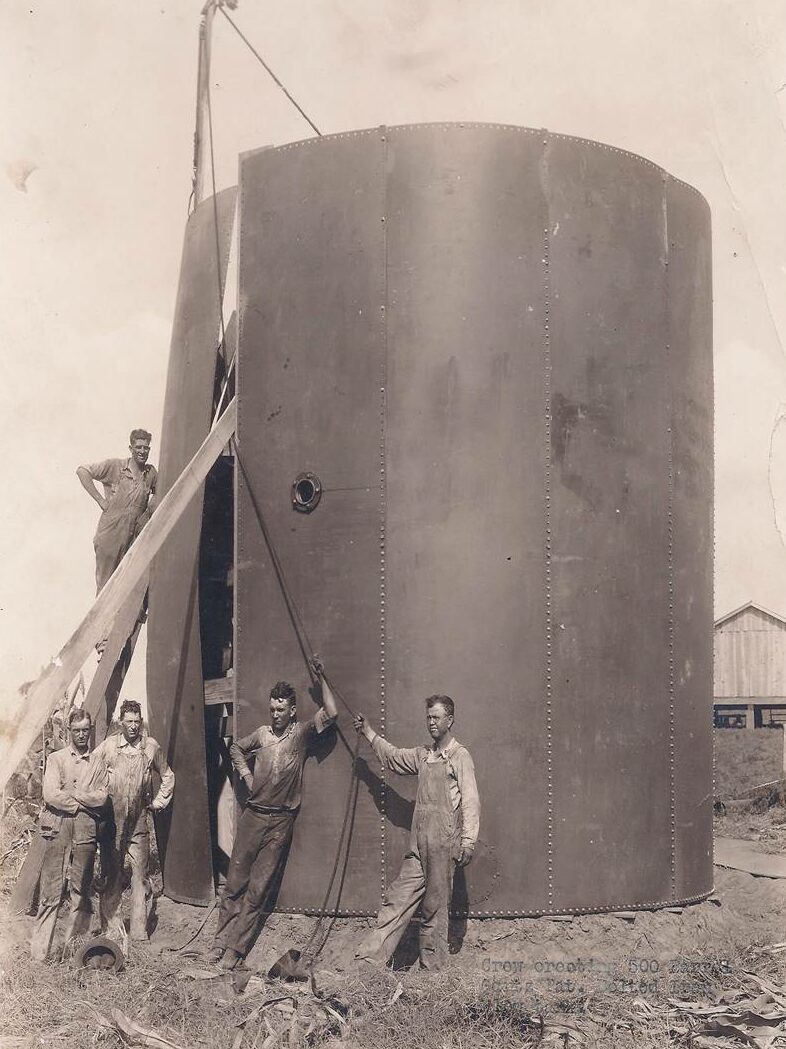
The company was granted a franchise by the city on November 7, 1901 to furnish the town with gas. They struck an oil sand in January 1902, but drilled past this sand as they were looking to supply Sapulpa with gas. The sand they hit was later to be known as the Glenn Sand. This well was located on the corner of Lincoln and Poplar Streets.
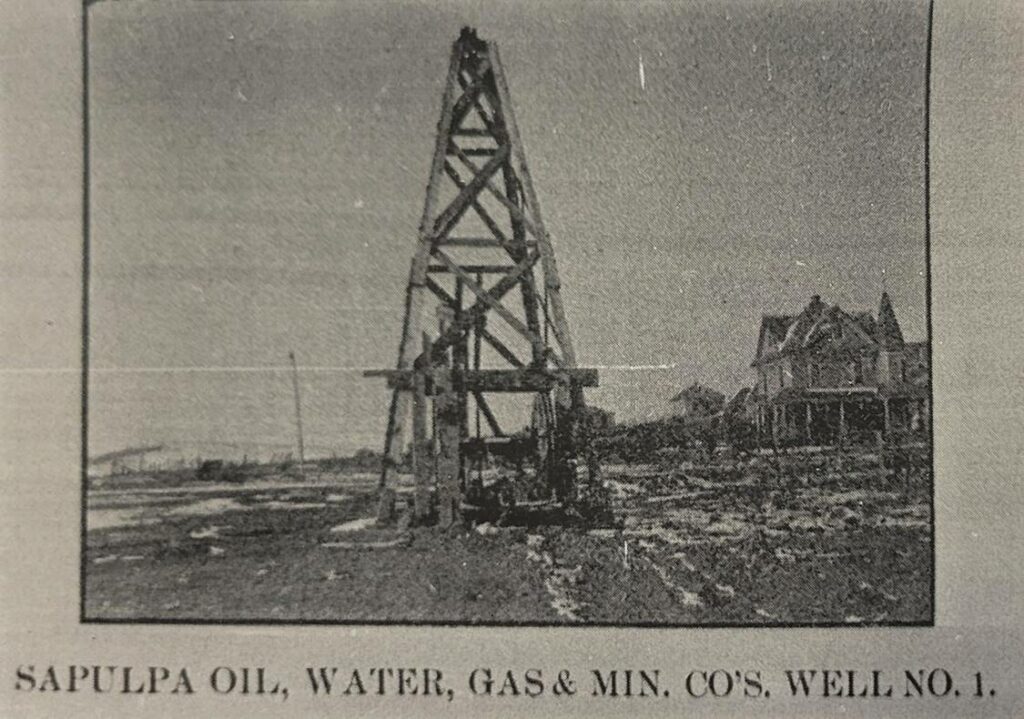
The city of Sapulpa became an oil boom town.
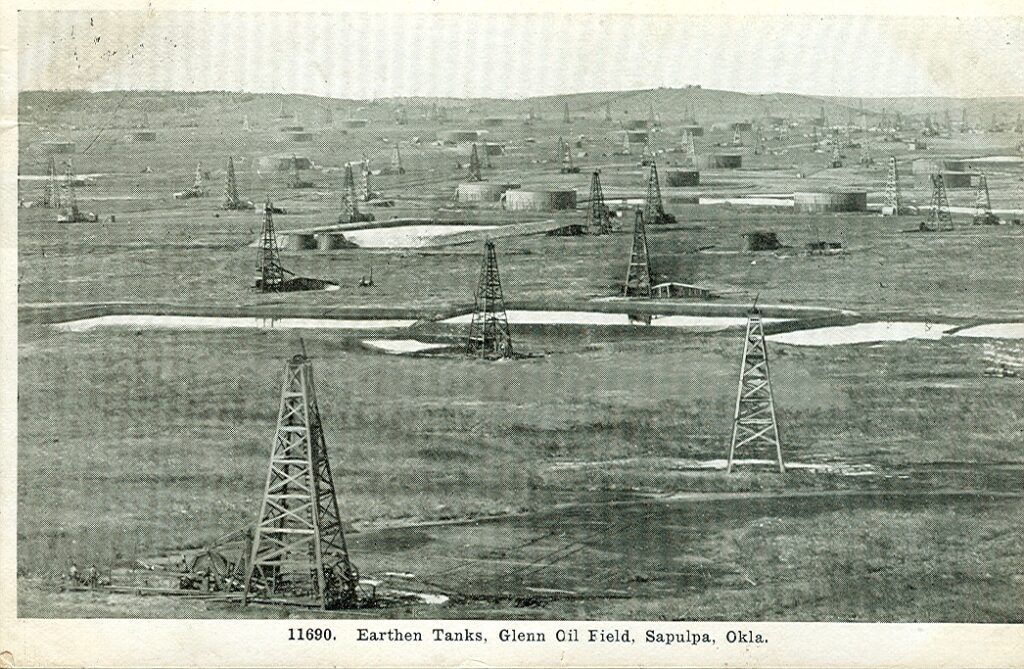
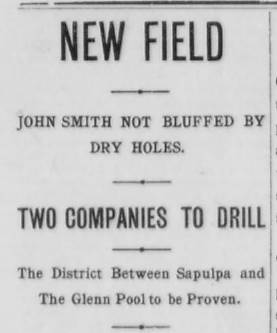
However, with oil, there were many setbacks, controversies, and accidents. These accidents included some of the largest fires and damages in Sapulpa history.
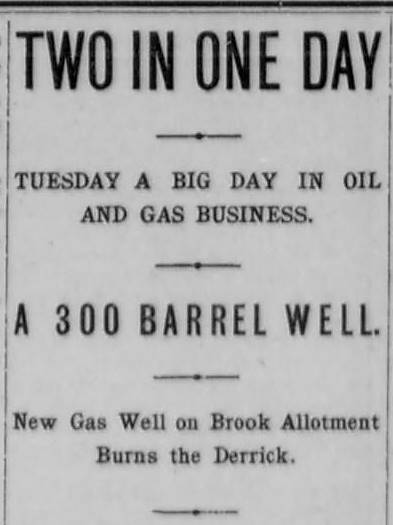
On April 13, 1906, the paper ran a headline: “Two in One Day.” A new oil well, seven miles northeast of Sapulpa, had been drilled. It was showing oil, but did have gas, as well. Another oil well, six miles east of Sapulpa, was being drilled. This well did not seem as fierce as the first one of the day, however. This rig, however, caught fire and burned to the ground that very afternoon.
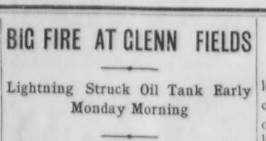
A few months later, a thunderstorm struck the new Glenn fields on the morning of July 2, 1906. It struck a large 16,000-barrel tank. The fire burned for about four hours but was contained to only one of the tanks on the field. Black columns of smoke could be seen by many townsfolk across Sapulpa.
Just weeks later, the same oil field was devastated by fires. On the evening of August 10, 1906, lightning struck a 1,600-barrel oil tank in the Glenn pool. The fire quickly spread to a whole row of tanks. Sixteen 250-barrel tanks and four 1,600-barrel tanks were soon engulfed in flames. Sapulpans came as quickly as they could to fight the fires. They fought to save the neighboring tanks the rest of the night.
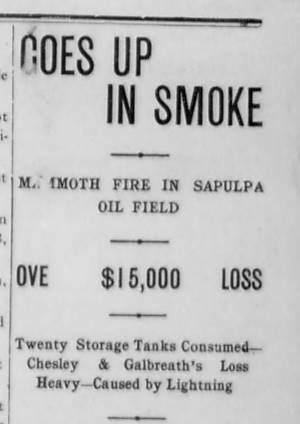
This week in Sapulpa history, “the greatest fire ever recorded” at the time occurred on June 22, 1907.
Lightning struck a 1,600-barrel oil tank on that Saturday night. The blaze destroyed the tank, which split open due to the damage the lightning caused. The oil spilled out and spread to five other 1,600 tanks. However, the damage was not limited to the neighboring tanks.
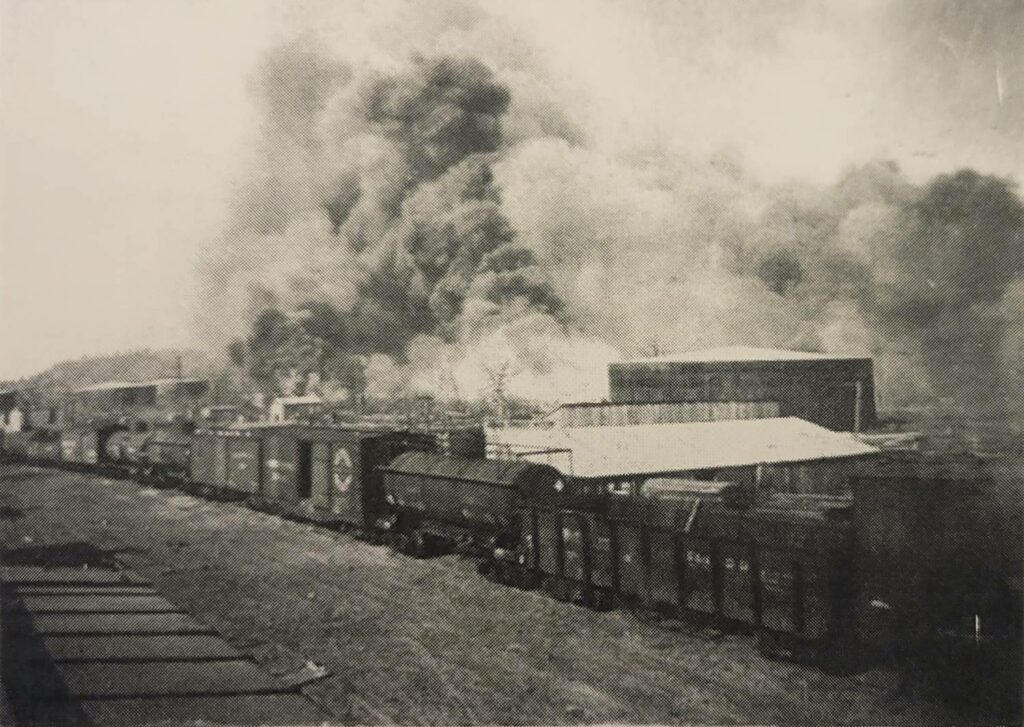
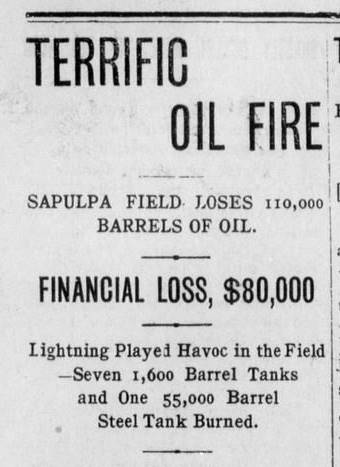
Another lightning bolt sparked another barrel. A 55,000-barrel tank caught fire, and the flames engulfed the oil derrick nearby. The derrick had been recently built but came down quickly with a massive fire. This fire continued to ignite another 1,600-barrel tank.
The final estimate of damage was over 110,000 barrels in oil lost. The equipment damages cost roughly $80,000 ($2.5 million in today’s inflation).
Even though the town of Sapulpa claimed itself as “Oil City of the Southwest,” to be in competition with the “Oil Capital” of Tulsa, many oil fires engulfed the surrounding area of Sapulpa over the years.
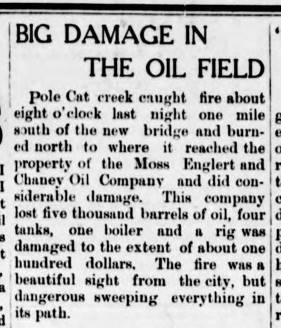
For instance, in January 1908, oil spills and oil runoffs from rains, Polecat Creek would sometimes run full of oil. The creek itself caught fire, and it burned from about one mile south of Taft Ave to a nearby oil company property. It destroyed 5,000 barrels, four tanks, and a boiler.
Then, again, this week in Sapulpa history, on June 18, 1911, a tank at the Sapulpa Refinery had been struck by lightning and caused a huge fire. Six tanks had caught fire within two days. One, a tank of crude benzene, exploded and caused two tanks of naphtha to explode. The explosion shook the entire city and shot a huge fireball hundreds of feet into the air.
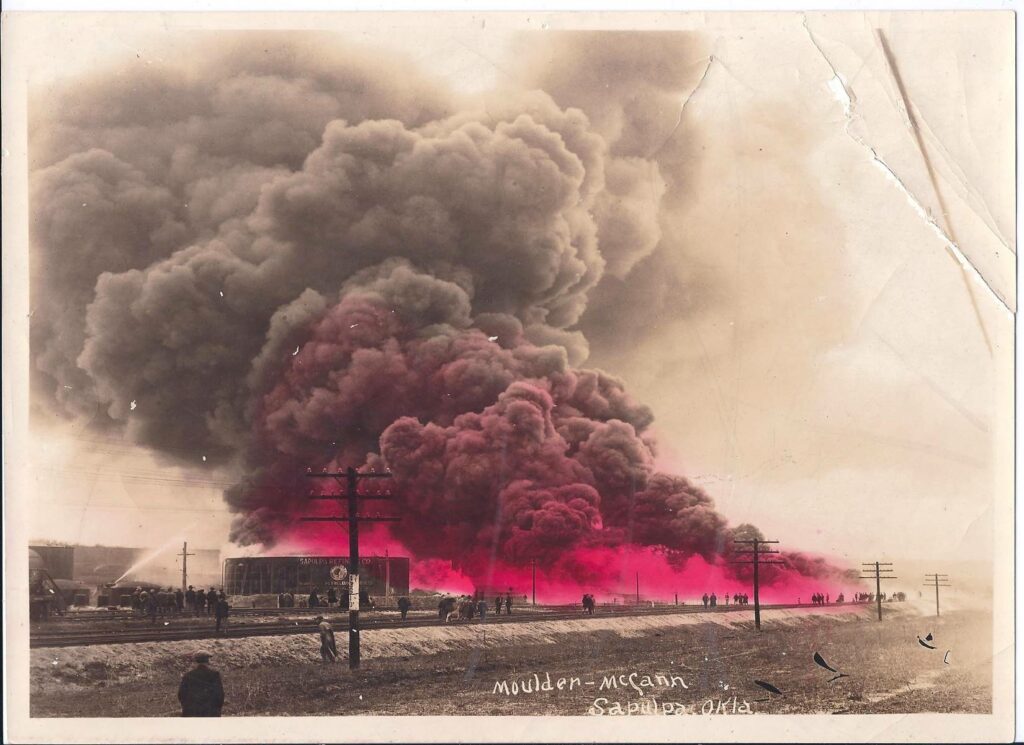
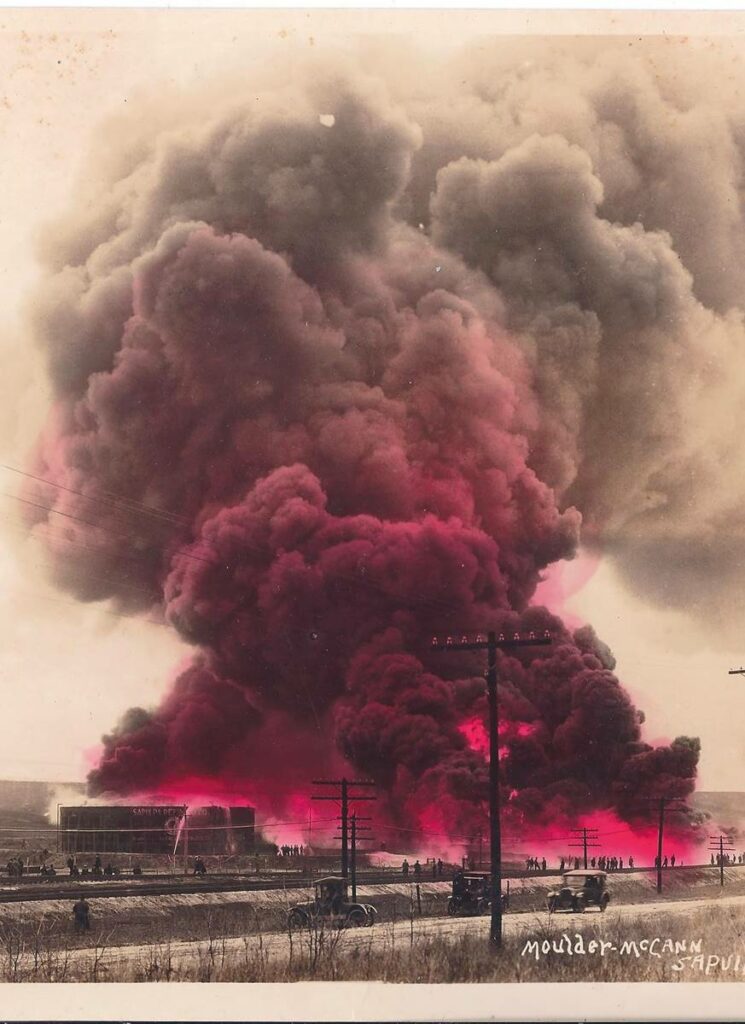
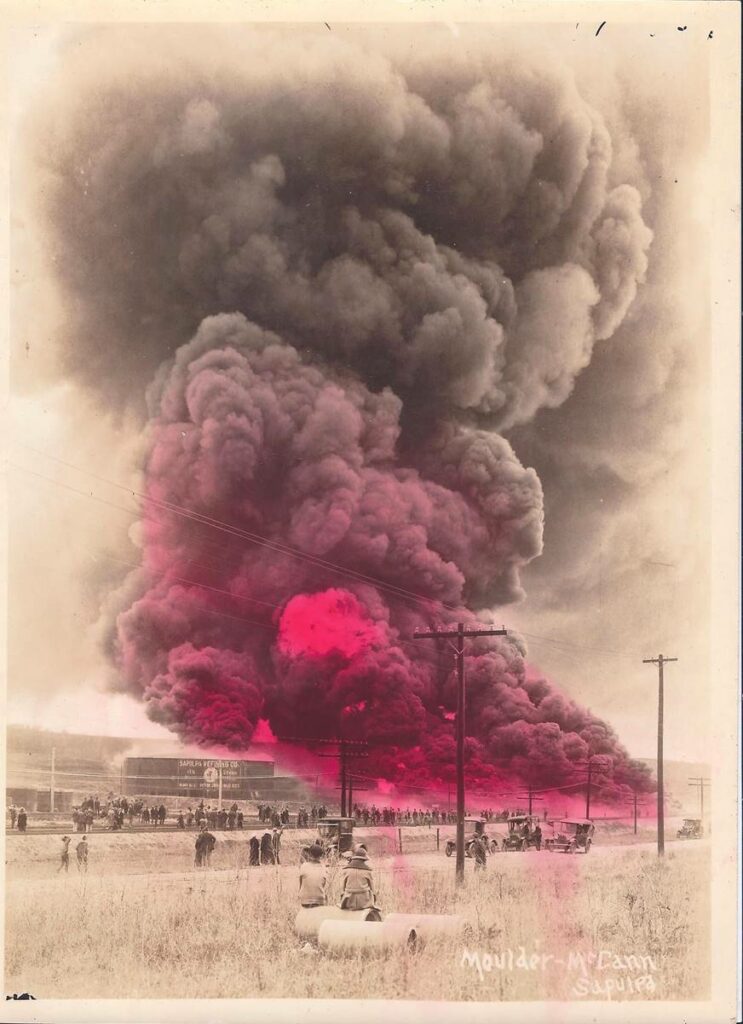
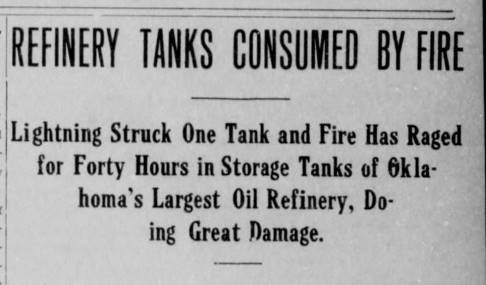
The fire burned for several hours. A large, black cloud of smoke hung over the area.
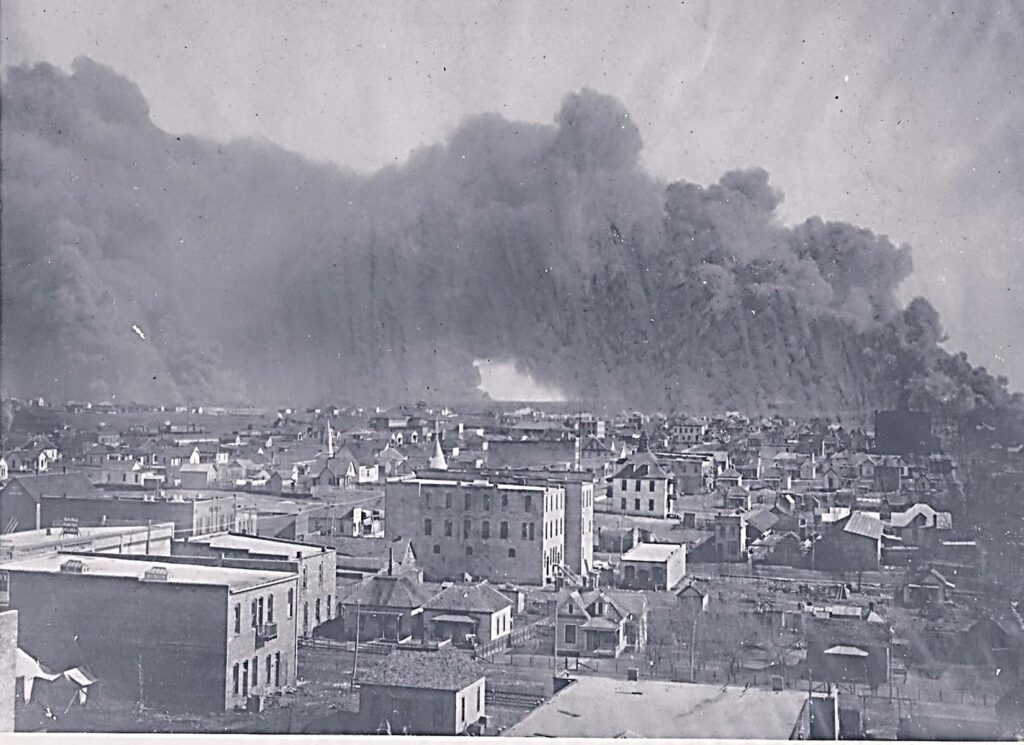
Miraculously, no one was injured.




